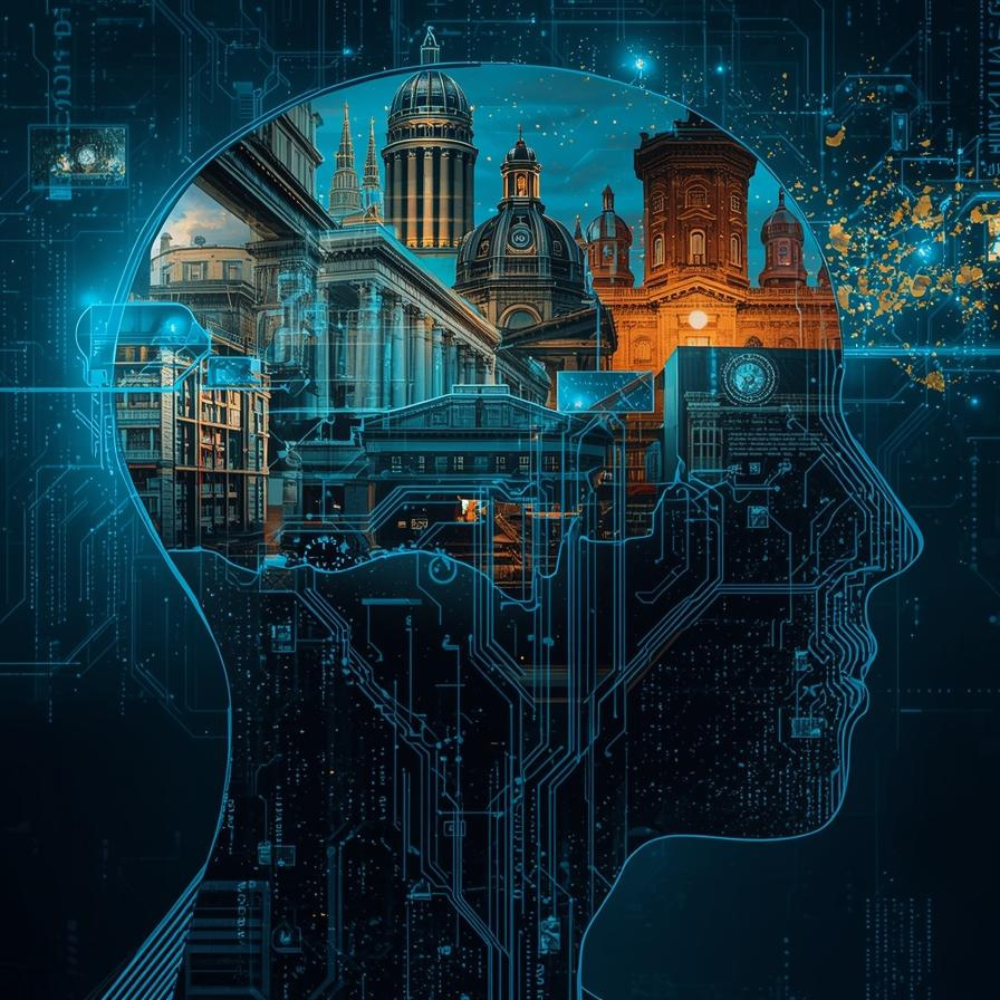Memory Palaces in the Digital Age — Can We Still Remember Without Screens?
Introduction
In a world where our memories inhabit more in cloud drives than in our own minds, remembering is often overlooked as an art form. The "memory palaces" favored by philosophers and poets encouraged people to commit things to memory using imagination rather than pixels. Nowadays, we use screens to remember for us — birthdays, passwords, grocery lists and many more. This blog investigates whether we have really forgotten how to appreciate remembering the way we used to experience, and whether we can stop relying on digital tools and retrain our mind to hold only what matters.

The Old School of Remembering: The Memory Palace and the Mind
Before the internet, and before even written notes, memory was something sacred. The technique — memory palace — went beyond a simple technique, it represented a philosophy of how the mind could construct worlds entirely from thought. People were able to visualize grand halls and corridors and bedrooms, in their minds, each filled with symbols representing ideas or speeches or stories, etc. Remembering turned into storytelling, a sensory experience of simply recalling thoughts, not a cognitive strain of working hard to remember. To remember substances meant to see it occur inside your own head. Today this sounds somewhat exceptional — almost magical — but it reminds of how the human brain was previously an encyclopedia, a library. Long before there were Google or Notion, we contained empires worth of ideas in our brains. This post likely doesn’t invoke a nostalgia feeling, rather a rediscovery — our brains are still capable of holding detail and content beyond what we credit to it.
The Digital Crutch: Are We Outsourcing Our Memory to Screens?
Today, our phones really remember more about our lives than we do. Our phones remind us when to wake up, who to call, what to buy, or where to go. Recall moments have been replaced by convenience moments. While it may feel more efficient, this is slowly rewiring the way we think. What strengthens the human brain? Use. When we delegate remembering to devices, we weaken that muscle. Instead of recalling memories from within, we manically scroll through old photographs to trigger our memories. In the end, our experiences are held in storage as opposed to being owned. After all it’s not the technology, it’s the dependency that replaced intimacy. We remember less simply because we don’t need to remember at all. Digital outsourcing saves us time, but not depth. Maybe the question is not whether screens are assisting us in remembering, but rather if all screens are making us forget how to remember. Remembering is part of being human — it connects us to our stories.

Restoring Mental Maps: Can Memory Palaces Endure in the Digital Universe?
Even in an age of immediate search, the memory palace is not extinct—it is changing. Modern learners, gamers, and creators are discovering or rediscovering the utility of this ancient technique in new forms. Virtual reality tools, for instance, provide spatial memory systems, while apps for productivity are borrowing from mental mapping and visualization principles today. Digital notetaking platforms, such as Notion or Obsidian, duplicate the connection of thoughts through the memory palace’s “rooms” and “path systems.” In a wonderful turn of phrase, the digital universe is borrowing from the analog mind. The difference comes down to intention: in a memory palace, everything we might recall is imbued with emotional importance, while our infinite tabs and endless files never carry that same weight. Our challenge today is not so much about abandoning tech tool and websites, as it is about being more intentional in their design—how can we take a technologic device and imagine it to be more human, and more humanly memorable? Perhaps, the memory palace will endure not by rejecting screens and electronics, but rather, by teaching those devices how to think a little more like me, the human?
Training the Modern Mind: Reclaiming Focus and Recall in a Noisy Era
As our minds are more distracted than ever before so too they often adapt considerably faster than we think. To begin to rebuild memory it starts with understanding that one must slow down – not in an effort to escape technology but to reclaim focus and attention. Visualization exercises, meditation and even short “mental walks” can help reinvigorate our ability to store and recall memories without digital cues. You don’t need build an elaborate memory palace, it could simply be the memories of your childhood home, your favorite café or your favorite park. The most important aspect is presence. The more you are emotionally connected to your visualizations or connection to that place, the better your ability to recall from memory. In a world of constant notifications, this process feels almost defiant (to choose to act with intention). Memory creates a meaning beyond the retention of information. Through training the mind to hold space for the valued and prioritized, we stop living as extensions of our digital minds, but archives of our own story again.
Conclusion
Ultimately, memory is much more than simply keeping data — it represents how we find meaning in our own lives. Our memories may live in the digital world, but the digital world does not have the ability to feel our memories. To relearn our own minds — to picture, recall, and reflect — is to reopen a door to the inner world we have forgotten. Perhaps the future of memory is not about rejecting screens in their use but demonstrating how powerful our minds can still be without the screen.
